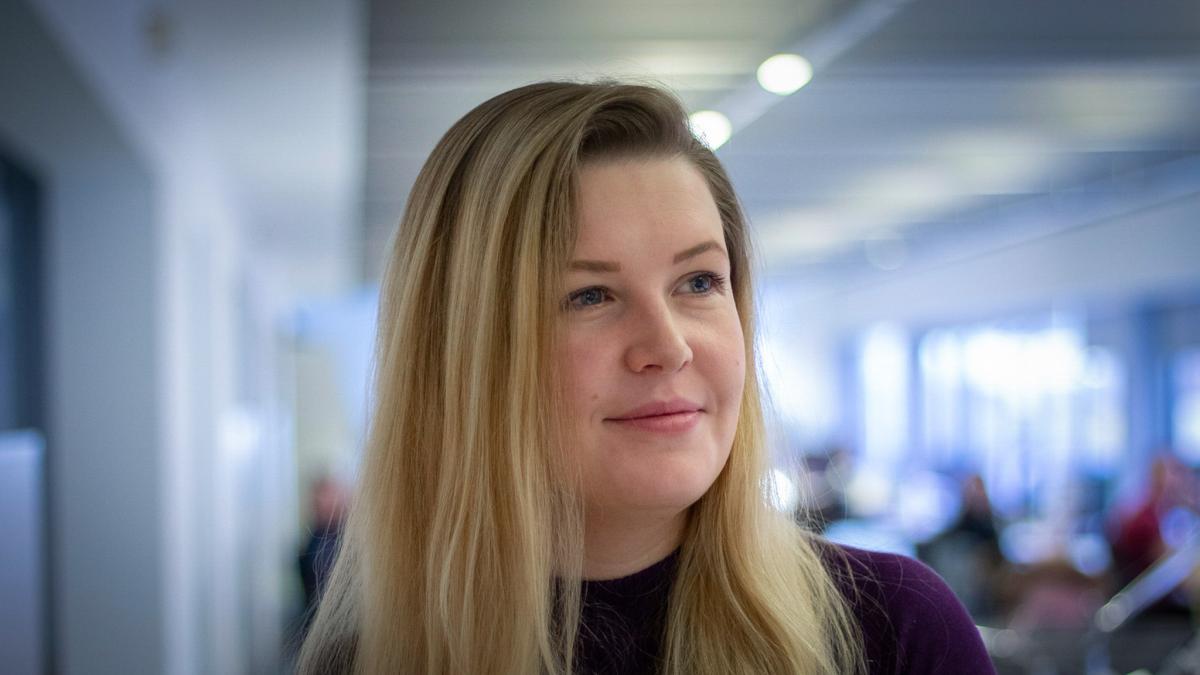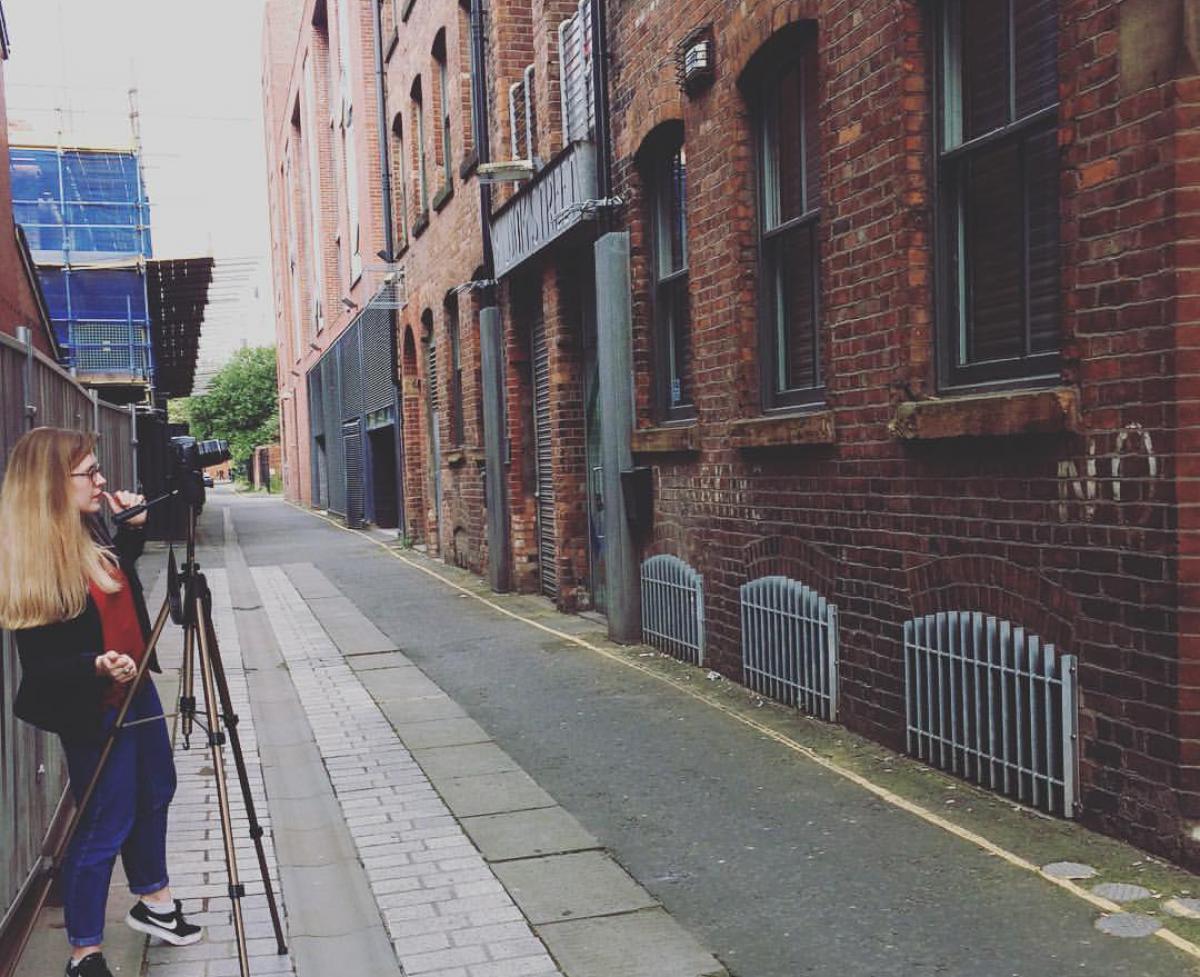
How did you become a heritage consultant?
My interest in built heritage began with my undergraduate degree. I studied art history at the University of St Andrews and during my time there I was fortunate enough to learn from some of the country’s leading architectural historians who ignited my interest in the historic built environment.
After graduating, I was keen to take what I had learnt and apply it in the ‘real world.’ I enrolled for the Building Conservation masters degree at the University of Central Lancashire, and joined Buttress’ historic buildings team in January 2015.
What does a typical day in the life of a heritage consultant look like?
The type of work I’m involved in is so varied there’s no such thing as a typical day. One day I’ll be working my through archive resources to help an owner understand more about their building, the other it’s a matter of developing a planning application for the conversion of a historic building into a new use.
To friends, I sometimes describe my job as a ‘heritage detective’ because it often involves investigation and analysis to unearth the past and understand what has made a building what it is today.
I then use this insight to make recommendations for the future and help unlock a building’s potential. That might range from suggestions on how it should be maintained and conserved or advising on how appropriate changes can be made to adapt a building and, in some cases, open it to the public for the first time.

What can a heritage consultant bring to a project?
As they say, ‘knowledge is power.’ Fundamental to my role is providing clients with the resources they need to make the right choices for their heritage assets. The more information they have at the early stages of a project, the easier it is to plan for the future, navigate the often complex planning and legislative requirements, or understand what funding options might be available to help get a project off the ground.
For many clients, the most valuable thing about my work is that it helps avoid any ‘hidden surprises’, and as anyone who has worked in heritage will tell you, with historic buildings, there can be many.
What type of projects interest you the most?
I like working on projects where little about the building is known. It’s rewarding to be able to ‘go back to the beginning’ and tell the stories of those built, lived, and worked within a building who may have been long since forgotten.
I also enjoy working with clients to help them unlock funding to make the most of their buildings. I’ll work with them in the early development stages to highlight areas of significance that would be essential to retain or enhance, and to identify areas where alterations might be desirable or encouraged. This helps set applications to funding bodies, such as the HLF, in motion. It’s always rewarding to see funding in place and watch these buildings enhanced, or take on a new life or new role in the community.
What role is there for heritage assets in 21st century towns and cities?
The country has a wealth of buildings that are historically valuable, and that also have great potential for 21st century use. We just need the confidence to adopt a sensitive forward-looking approach.
There’s value in regenerating heritage assets, in social as well as economic terms. Studies have shown that people enjoy being in heritage buildings. It's one of the reasons why Apple, for example, chose a refurbished Victorian warehouse in Covent Garden for its flagship UK store.
Similarly, it’s why there’s often outcry when a building is threatened with demolition. It’s because these heritage buildings aren’t just bricks and mortar, they’re parts of communities so it’s important to find sustainable solutions that allow them to remain that way.